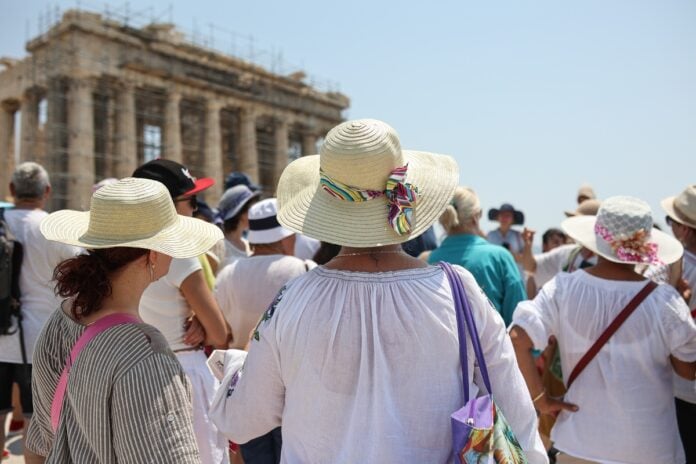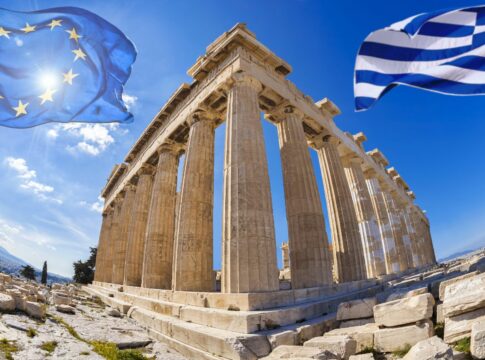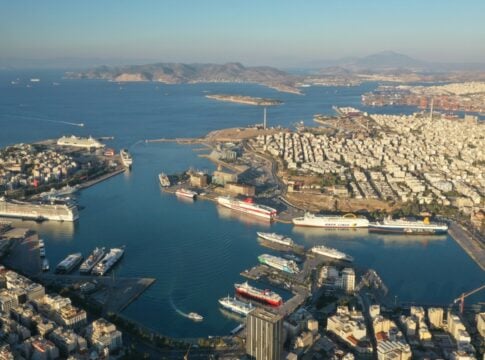The direct contribution of Greek tourism to GDP is estimated at approximately 24 billion euros or 11.5% in 2022, with five regions representing almost 90% of the country’s receipts, three of which are mainly tourist regions.
The figures reflect the resilience and dynamics of tourism, as 2022 marked the exit from the pandemic, according to the annual research of the Greek Tourism Institute INSETE.
More specifically, the South Aegean represents 27% share of the receipts, Crete 21%, Attica 17%, the Ionian Islands 15% and Central Macedonia 9%.
INSETE stressed the need for a targeted strategy focused on five central pillars, including infrastructure, investment and competitiveness, effective destination management, labour market and sustainability.
Regarding the rest of the destinations throughout Greece, INSETE noted, the “hidden surplus value” is a given, including the strong imprint of culture throughout the country as well as a series of attractions and activities: marine tourism (marinas, blue flags, diving destinations, etc.), mountain destinations (hiking, climbing, ski resorts, canoe-kayak-rafting, etc.) and traditional accomodation with rich gastronomy and wine tasting.














